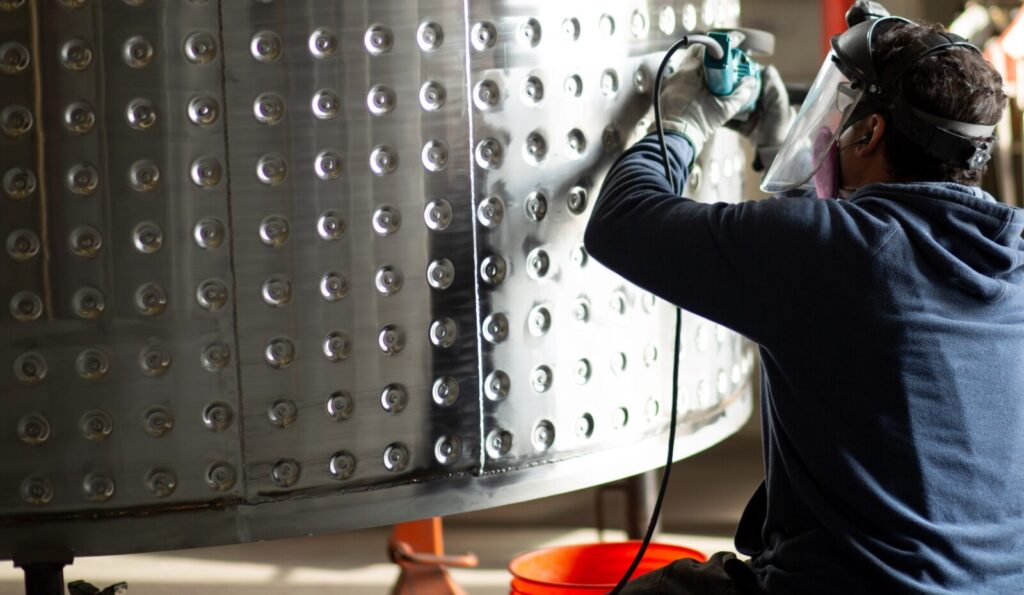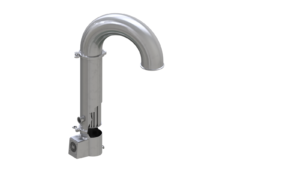Let’s face it. Craft brewing is super cool. I mean, where else can you roll up your sleeves and create something tasty, bubbly and so socially accepted? But as sexy as this artisan world is, it comes complete with its energy-sucking demons that not only cost you a pile of money but are also bad for the environment. And you know who’s not going to appreciate that? The Gen Zers and millennials who make up the lion’s share of your craft beer drinking target market.

Craft brewing is a very resource-intensive art. Some may even label it a wasteful one. However, there are things you can do to reduce the waste, the unnecessary costs and the impact on the environment. But first and foremost, saving on energy costs reduces most of the waste and helps you have higher margins (read “profits”) while doing what you love. Let’s dive into the hidden costs of brewing.
The shocking truth about craft brewing electricity costs
What makes it so expensive? According to the Brewers Association and data from the U.S. Environmental Protection Agency (EPA), the lion’s share of electricity costs in brewing come from refrigeration, packaging and compressed air (some 70%). Add onto that the fact that energy prices in the U.S. have gone up by 25% since January of 2021 and it’s easy to see that electricity costs play a big role in the overall profitability of your new dream job.
By understanding where your largest costs are, you will have the ability to improve efficiency and your profit margins in the long run.
How your largest ingredient will water down your profit margins
Craft brewing requires a lot of water. Not only does it make up 90-95% of your total beer contents, it’s needed for boiling wort and for sanitizing your equipment during the brewing process. Boiling wort requires a ton of energy and is a crucial part of the brewing process. Much of that water is then lost as steam in the process, which is typically pumped out of a rooftop, never to be used again. Unnecessarily high pressure can also cause leaks and steam loss. Additionally, things like droughts and higher outdoor temperatures from climate change can also impact your ability to secure water, or at least secure it inexpensively.
The best ways to manage your electricity and water costs from the start
The first step in ensuring the efficient use of both electricity and water is to start with data. Tracking certain key performance indicators (KPIs) from the start will help you monitor and manage your costs with both.
Quick electricity cost reductions can be made by staggering equipment schedules to avoid peak demand loads and installing motion sensors on lights in low-traffic areas. Other reductions can be made by optimizing your cooling system, performing regular maintenance on your systems, upgrading your lighting and insulating your glycol and steam lines.
Water costs can best be managed by insulating your steam and condensate lines, optimizing your steam pressure so there are fewer leaks, utilizing a clean-in-place (CIP) method by recycling your water and cleaning chemicals, and utilizing dry clean-up practices. Reusing internal rinse water as an external rinse on your packaging line can also help conserve water, as can installing efficient nozzles and water meters at each brewing stage.
The cold, hard facts about craft brewing refrigeration energy costs
Craft brewers generally need to use refrigeration for fermenting and storing beer, two things that take time and therefore, a lot of energy, to complete. Managing your refrigeration costs provides an opportunity for you to squeeze out some of your overall costs without having a significant impact on your overall brewing quality or taste.

The first way you can start squeezing more profits out of your business is to reduce your refrigeration costs is inspired from the “coozies” that jacket our beloved craft beers as consumers drink them. Knowing that they want to keep the beer as cool as possible, they wrap them while drinking so their hand doesn’t warm up the beer. The same jacketing, or insulation, concept is true in our refrigeration process. Single-walled tanks are void of any insulation. Therefore, your prized, craft beverage—which needs to be held at a certain refrigerated temperature—is fighting against warmer, ambient room temperature to do just that. The ongoing fight to keep the tank at the perfect, cool temperature (34°F) results in wasted energy. Having sufficient “jacketing” or insulation for the dished bottom of your tanks, like that on a brite tank, can help keep energy costs in check. If you have already or intend to purchase a single-walled cellar tank, the tank must be placed in a refrigerated walk-in cooler, which means more energy needed once again. Additionally, when you clean the tank with 150°F water, you are heating up the tank once again and putting an additional load on the refrigeration system to cool it once again, which requires additional energy.
Other simple modifications to save money in the craft brewing process include checking that air compressors are operating at 100% and that there aren’t any leaks anywhere in your system. If either of these things are not optimized, you could be losing out on even more precious energy costs that could be going into your wallet instead.
Energy needed for heating in a craft brewery-the devil we know.
There’s no doubt that heat is needed to brew your favorite batch of delicious craft beer. After all, all those grains aren’t going to convert themselves into a malt without it! It’s estimated that the heating process accounts for some 25-35% of energy usage and costs so managing your heating costs is again well worth the effort here.
But, knowing that we have to boil in order to create beer, how exactly can you keep these costs in line? Just like with cooling costs, you start with the basics. Identify if there are any leaks in your system. If heat is leaking from your system inadvertently, so are your profit margins. Additionally, you still need insulation to keep your beer at certain temperatures for a certain amount of time and can decrease the need for new heat if your insulation is working hard enough. Ensure that you have the proper insulating jackets on your heating tanks to do the job.
 One of the largest opportunities for reclaiming your energy costs comes from profits that are literally escaping through the roof. That’s right – steam. Almost all standard brewhouse system designs put the condensate stack to stick out of the top of a building’s roof—without any opportunity to recapture or recycle it for brewing another batch. Retrofitting a brewhouse with a stack condenser that captures and recycles the steam in an effort to reduce heating costs and increase profit margins can be very costly. You should consider specific stack condenser designs that reclaim and recycle from the start of your brewhouse purchase.
One of the largest opportunities for reclaiming your energy costs comes from profits that are literally escaping through the roof. That’s right – steam. Almost all standard brewhouse system designs put the condensate stack to stick out of the top of a building’s roof—without any opportunity to recapture or recycle it for brewing another batch. Retrofitting a brewhouse with a stack condenser that captures and recycles the steam in an effort to reduce heating costs and increase profit margins can be very costly. You should consider specific stack condenser designs that reclaim and recycle from the start of your brewhouse purchase.
At the end of the day, the best improvements in your profit margins will be made when a system is in place to track and analyze all data regarding electricity and water consumption so smart decisions can be made in the future.

MARKS Design and Metalworks is a manufacturer of American-made brewery equipment. We are proud to build equipment using stainless steel sheet goods manufactured in U.S. steel mills. Our highly skilled American welders and fabricators craft the finest brewery equipment on the market. We take pride in our craftsmanship.
